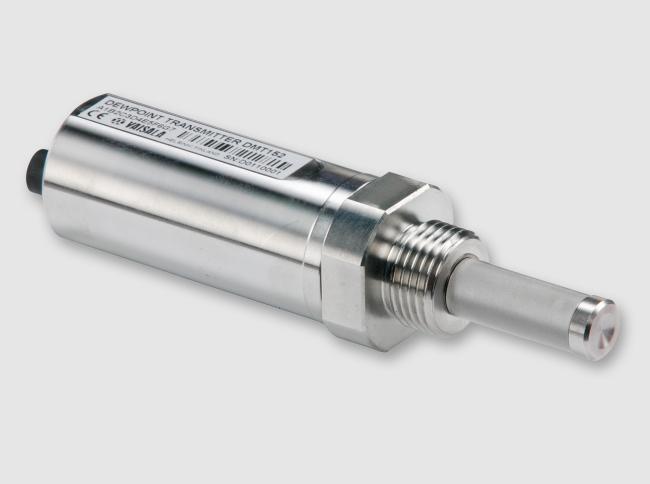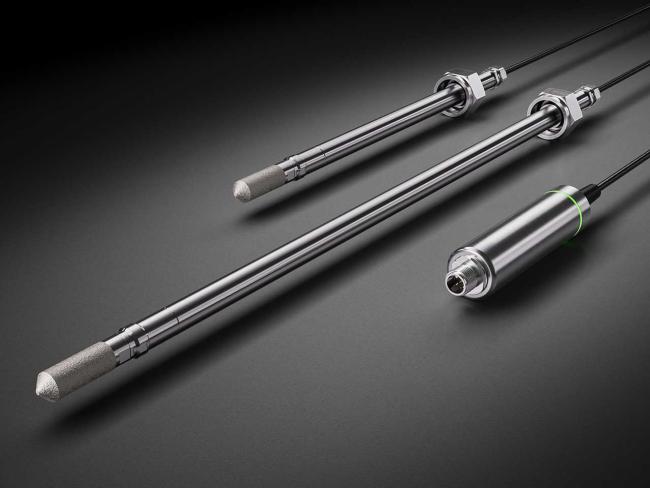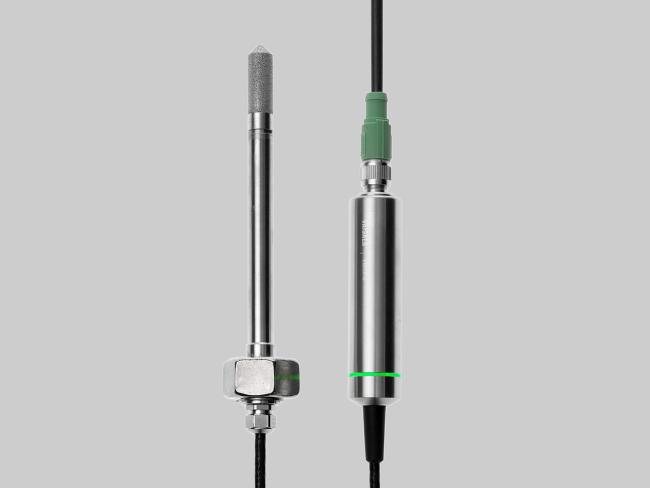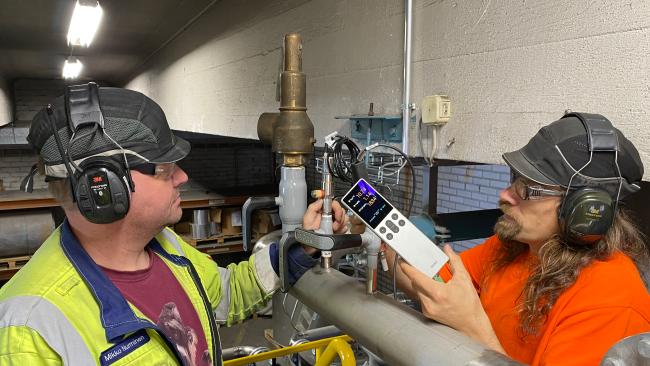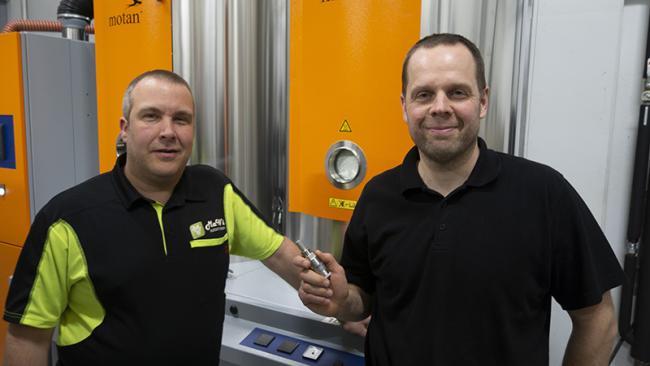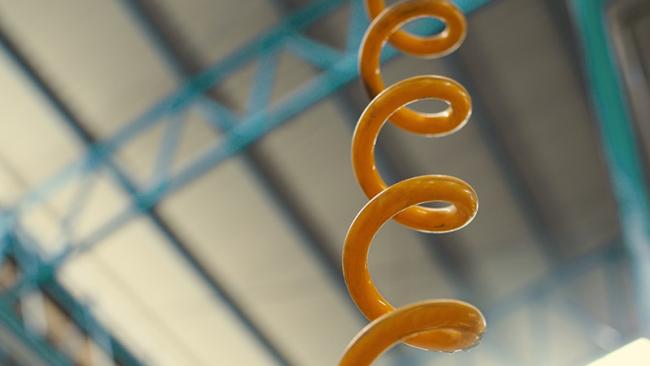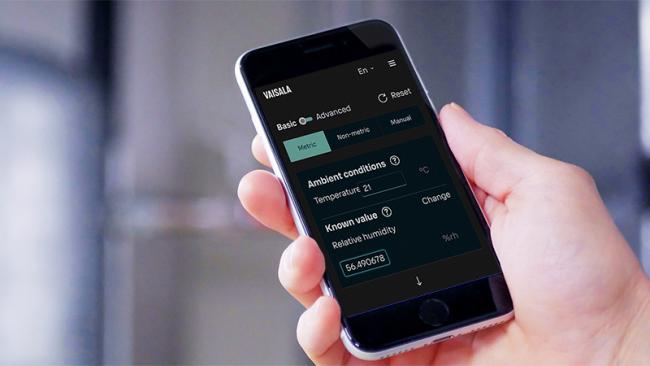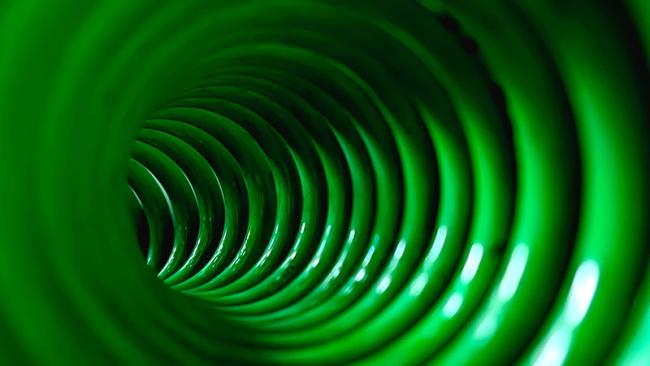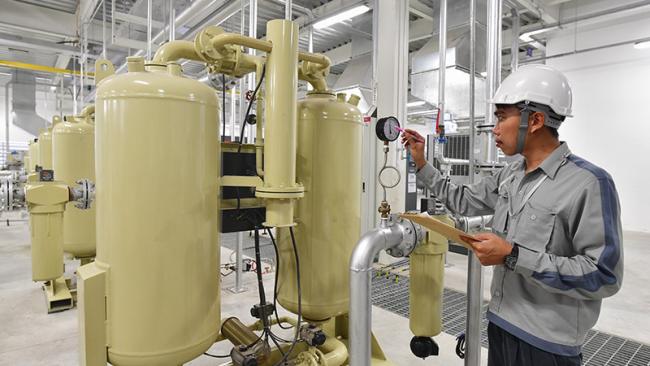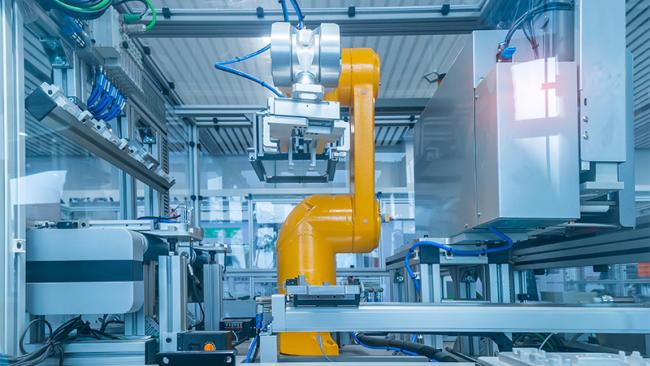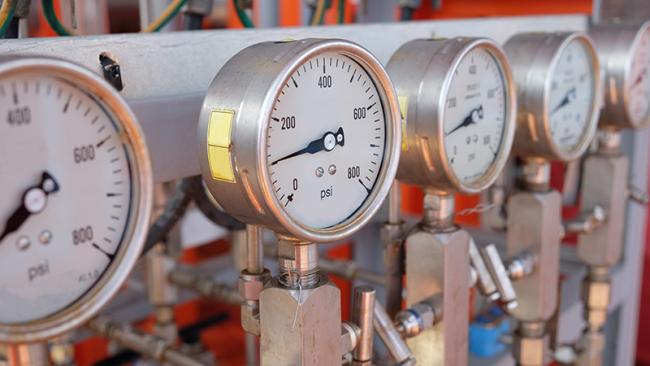
Medição do ar comprimido
Medir pequenas mudanças na temperatura do ponto de orvalho pode contribuir para resultados imensuráveis na qualidade do ar comprimido
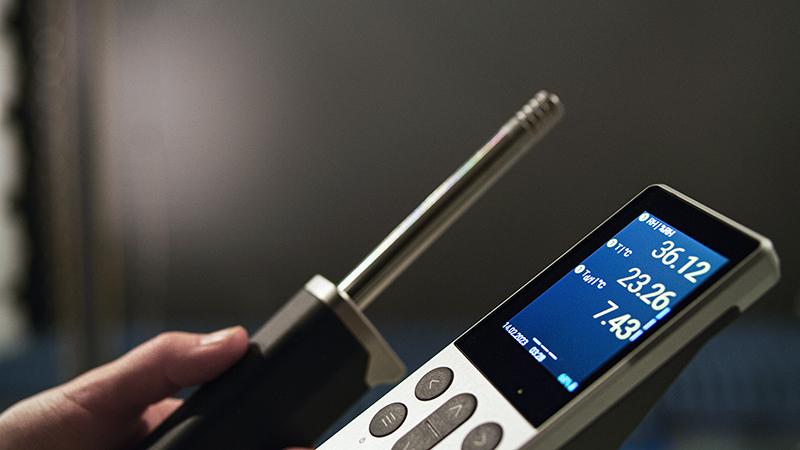
A medição do ponto de orvalho na secagem de ar comprimido vale a pena
Ao lidar com ar comprimido, medir pequenas alterações na temperatura do ponto de orvalho pode fazer uma diferença e tanto! Use nossa tecnologia exclusiva de sensor DRYCAP®, que abrange toda a faixa de ponto de orvalho, para praticamente qualquer sistema de ar comprimido. Aumentar a vida útil do seu sistema de ar comprimido, melhorar a qualidade do processo e reduzir os custos agora está mais fácil do que nunca.
Seja qual for a sua aplicação, você encontrará o instrumento de ponto de orvalho ideal no portfólio da Vaisala. Todos os sensores da Vaisala suportam a exposição a contaminantes, como referências aquáticas, umidade ambiente, óleo de compressor e impurezas químicas.

A diferença com a tecnologia de sensor DRYCAP® da Vaisala
O polímero de película fina altamente sensível do sensor, fabricado na sala limpa interna da Vaisala, absorve ou libera vapor de água à medida que a umidade aumenta ou diminui no ambiente. As propriedades dielétricas do polímero e a capacitância do sensor reagem às mudanças de umidade.
Em comparação com instrumentos convencionais de ponto de orvalho, o DRYCAP® da Vaisala tolera ambientes com condensação e umidade, além de ser imune à contaminação graças à funcionalidade de purga química do sensor. O DRYCAP da Vaisala gerante excelente precisão e estabilidade com histerese bem pequena e resposta rápida com desvio mínimo.
Com o ar comprimido de alta qualidade, você se concentra naquilo que realmente importa
Economia de material pelo tempo de reação rápido
Os instrumentos de medição de ponto de orvalho da Vaisala utilizam a tecnologia DRYCAP com alguns dos tempos de resposta úmido-seco e seco-molhado mais rápidos do mercado.
Economia de energia pela estabilidade de medição
Evite a secagem excessiva e conte com a função de calibração automática patenteada da Vaisala para manter a estabilidade da medição e manter as condições de produção otimizadas.
Economia de custos pelas medições precisas
Os produtos de medição de ponto de orvalho da Vaisa evitam aspectos indesejados, como corrosão de equipamentos ou crescimento de bactérias.
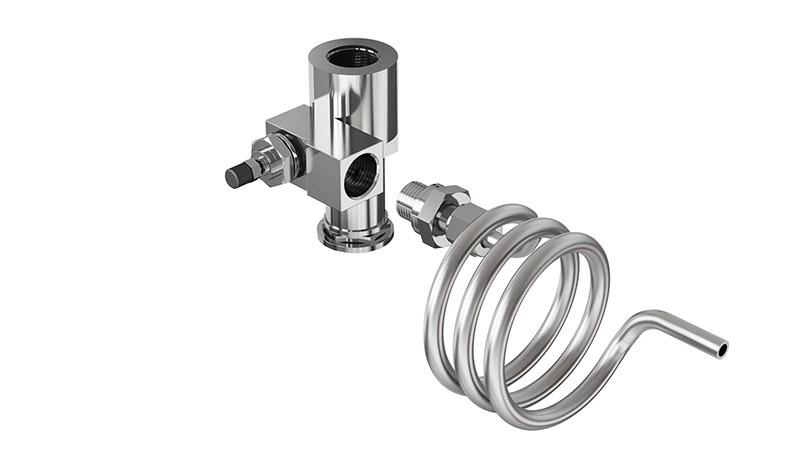
Amostragem de ar comprimido
As amostragens são necessárias quando a medição do ar é indesejável ou simplesmente impraticável. Isso poderá ocorrer devido a uma alta temperatura de processo, à necessidade de proteger o sensor das referências aquáticas, a conveniência adicional de se instalar e remover o instrumento de um processo pressurizado sem que se desligue a linha, ou de se desejar tirar a medida em um local mais conveniente.
Para que se consiga uma amostra representativa do gás do processo e evitar fontes potenciais de erros causadas pelas práticas incorretas de amostragem, alguns aspectos devem ser considerados. Leia mais ou baixe uma nota de aplicação (pdf) com nossos exemplos de opções de células.
Como verificar o sistema de ar comprimido?
O Gerente de Produtos Joni Partanen mostra como é fácil verificar as leituras do ponto de orvalho de um sistema de ar comprimido industrial. Ele também mostra a instalação de um medidor de ponto de orvalho e uma célula de amostragem para fins de verificação pontual.
Joni usa o medidor portátil de ponto de orvalho DM70 da Vaisala, no qual ele armazena vários dias de dados e os carrega em um PC com o software gratuito MI70 Link Windows para análise adicional. Nossa recomendação mais recente é o novo Vaisala Indigo80 portátil combinado com a sonda DMP80 compatível com Indigo.
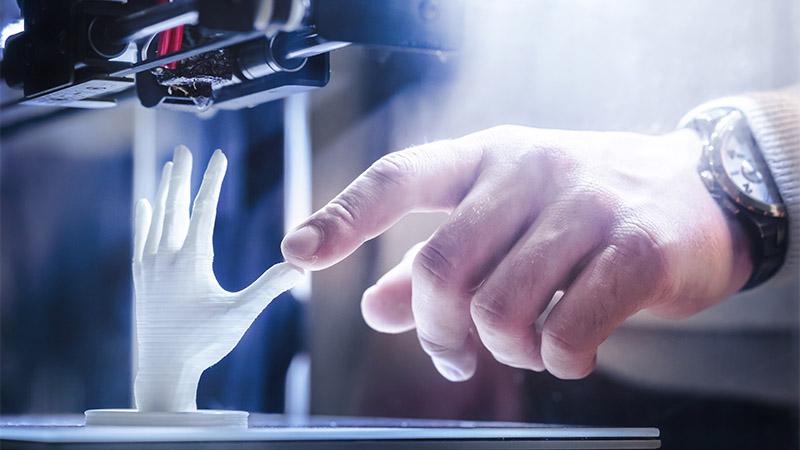
Por que medir o ponto de orvalho em equipamentos de ar comprimido e pneumáticos?
O ponto de orvalho é um dos parâmetros mais importantes associados à qualidade do ar comprimido e dos produtos finais de equipamentos pneumáticos, como impressoras 3D. Temperatura do ponto de orvalho pode ser definida como a temperatura pela qual o ar deve ser esfriado para que o vapor de água no interior se condense em orvalho ou congelamento. A qualquer temperatura, existe uma quantidade máxima de vapor de água que o ar pode reter. Essa quantidade máxima é chamada de pressão de saturação do vapor de água. O ponto de orvalho depende da pressão, enquanto a umidade relativa depende da temperatura.
Os principais objetivos da medição do ponto de orvalho são frequentemente garantir a alta qualidade do produto, a saúde humana ideal ou que a energia e a capacidade não sejam desperdiçadas. Leia mais em nosso guia sobre ar comprimido.
Instrumentos modulares de ponto de orvalho e transmissores de parede para medição contínua ou verificação pontual de linhas de processo de ar comprimido e equipamentos pneumáticos
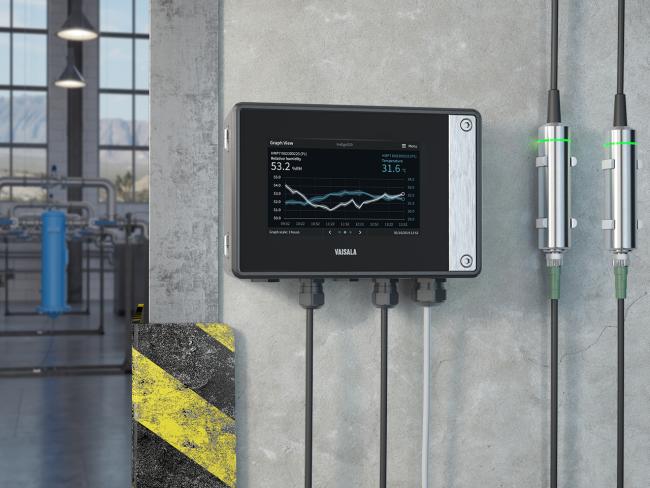
Transmissores da série Indigo500
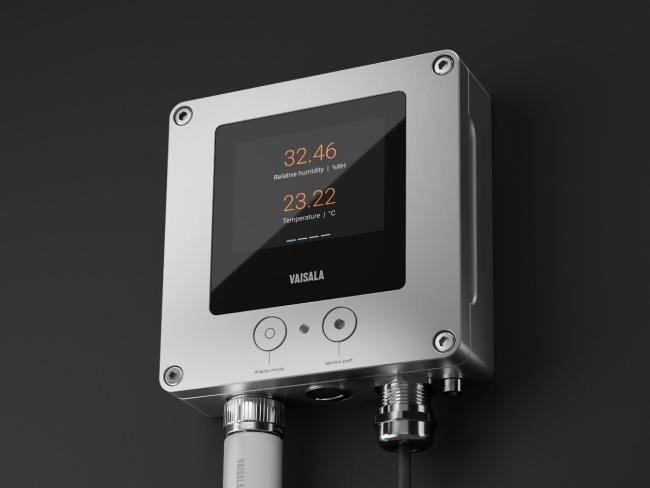
Transmissores da série Indigo300
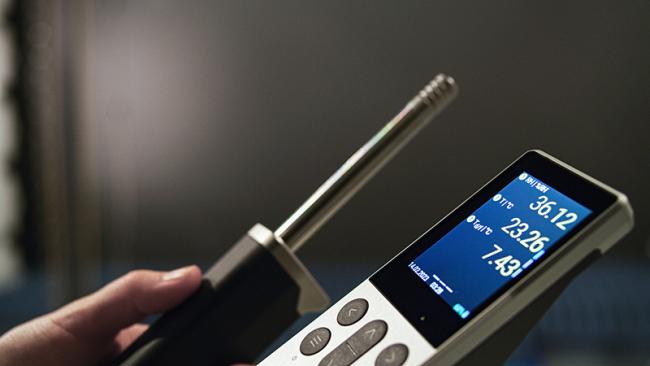
Indicador portátil Indigo80
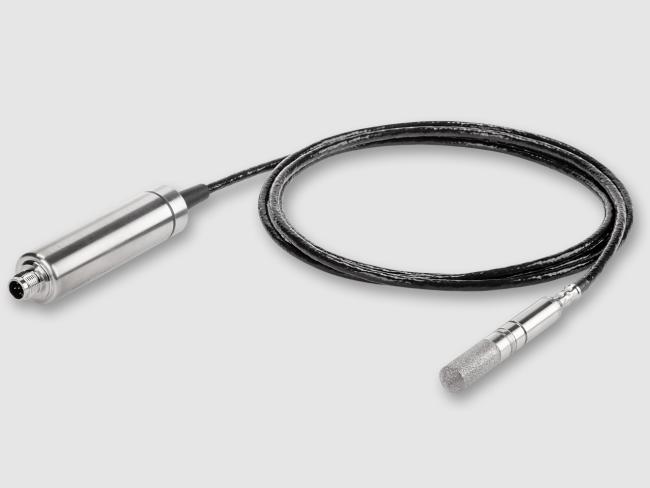
Sonda de ponto de orvalho e temperatura DMP7
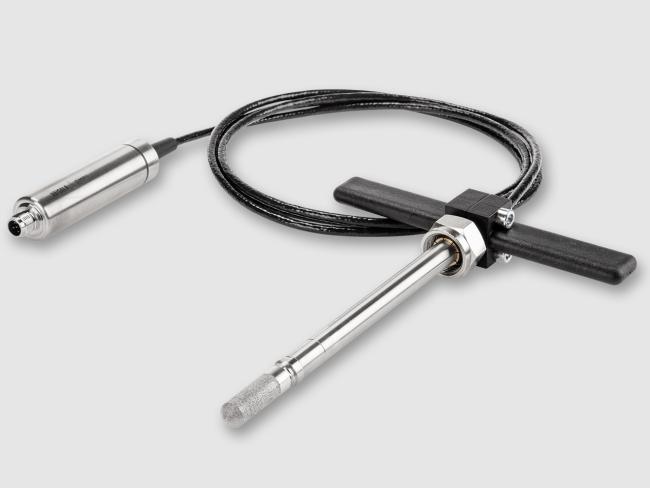
Sonda de ponto de orvalho e temperatura DMP8
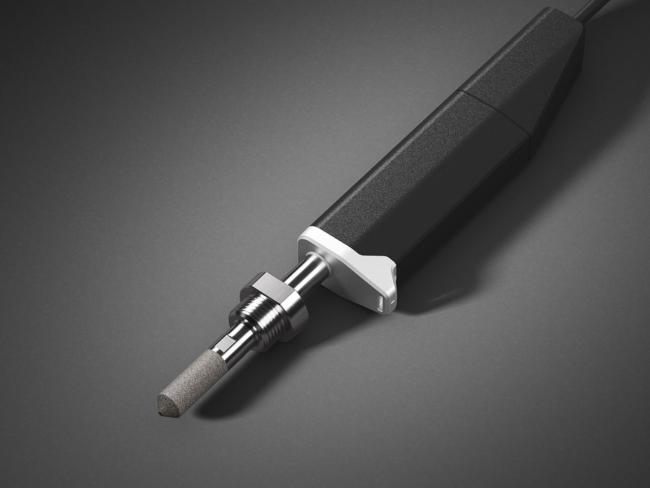
Sondas portáteis de ponto de orvalho e temperatura DMP80 DRYCAP®
Sondas compactas de ponto de orvalho para fabricantes de secadores de ar comprimido, secadores de plástico e outros equipamentos pneumáticos
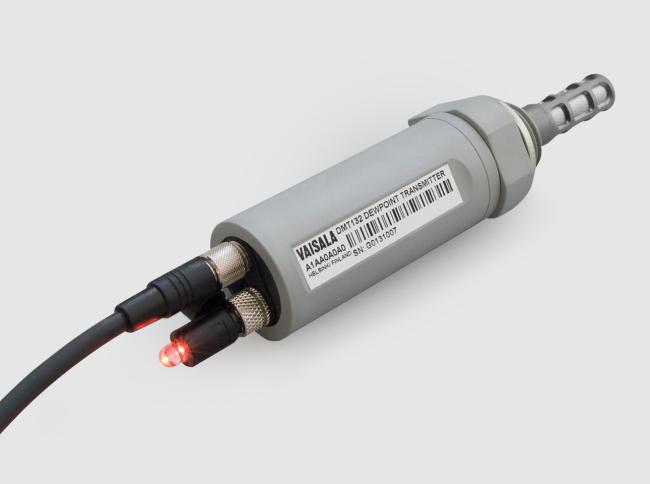
Transmissor de ponto de orvalho DMT132
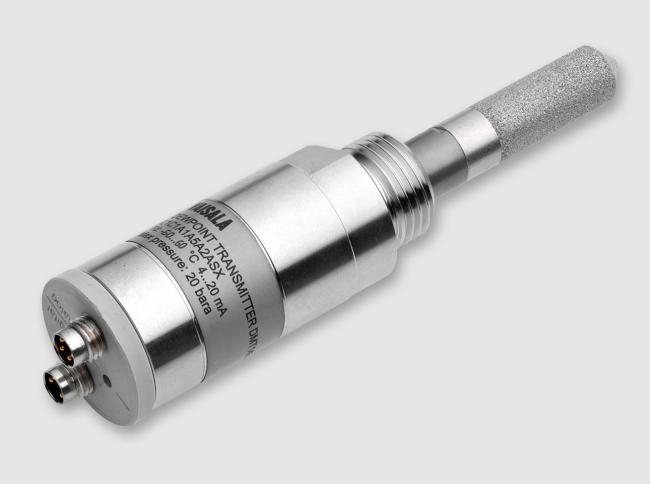
Transmissores de ponto de orvalho em miniatura DMT143 e DMT143L
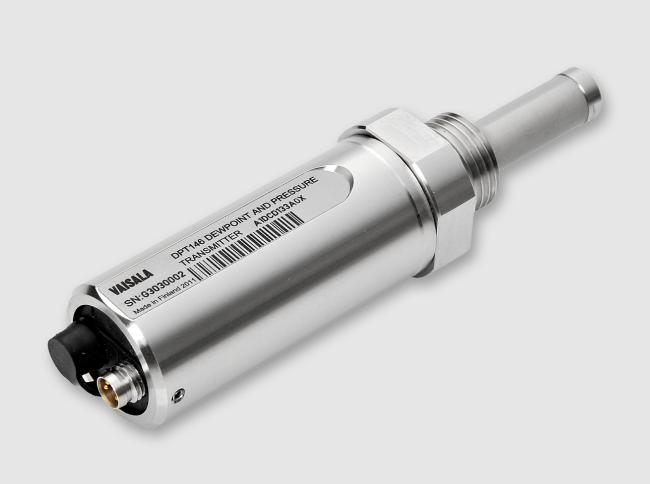
Transmissor de ponto de orvalho e pressão DPT146
